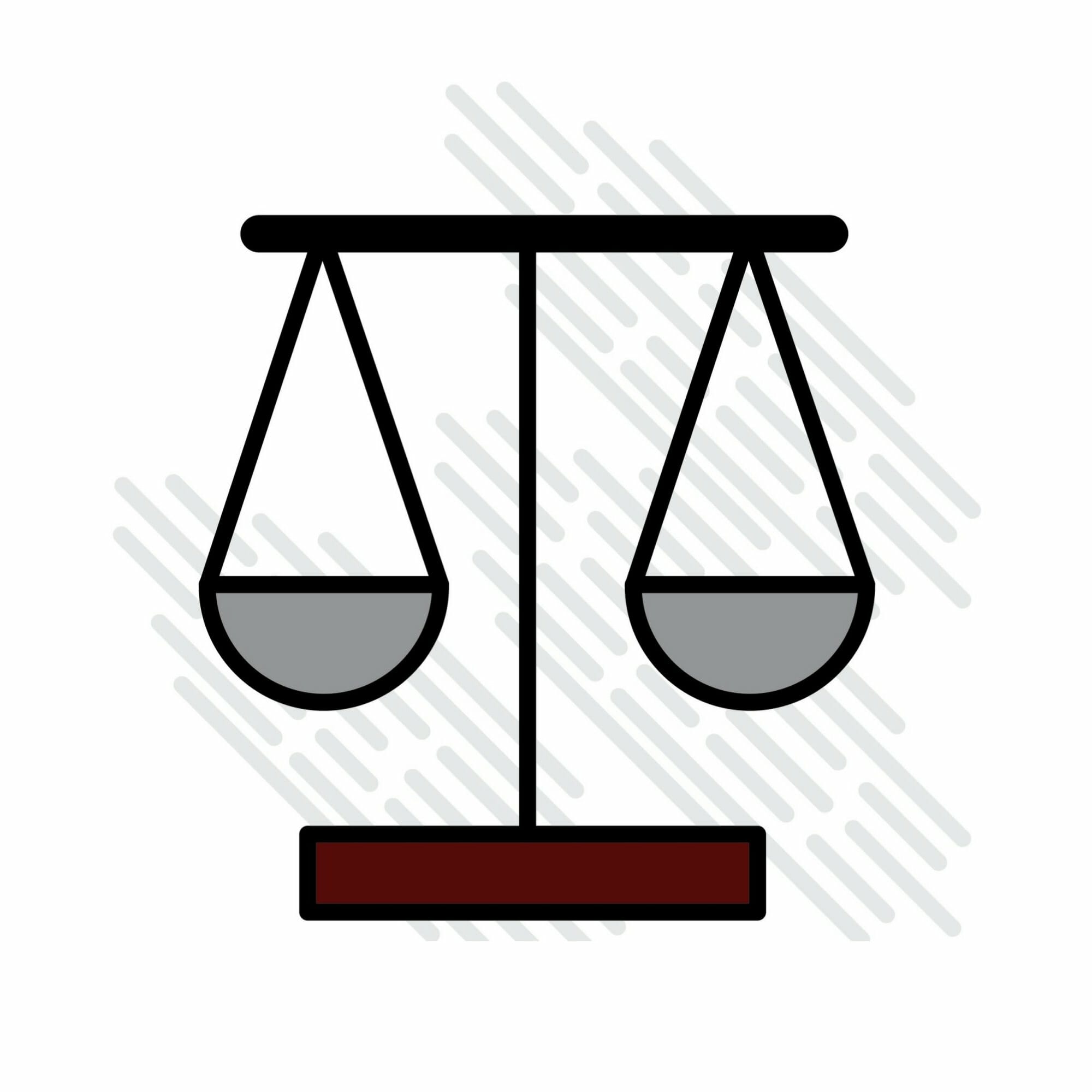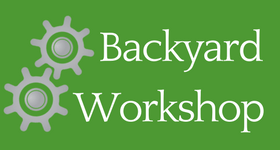Charcoal vs Propane: Pros And Cons For A Foundry

Maybe you are about to construct your first foundry, and you are looking at the different type of fuel options available. If so, you’ve come to the right place.
While it’s true that some people power their foundries with an electric heating source, the vast majority of backyard smelters use either Charcoal or a Propane burner. So which heat source is better?
As with most things, the answer is “it depends”. Your particular situation, budget and time constraints all come in to play when deciding which type of fuel is better for your backyard foundry.

Positives To Using Charcoal To Heat a Foundry:
- Charcoal is cheaper than propane by a good amount.
- Because charcoal has a lot of mass, it can help hold the crucible centered in the foundry once it’s loaded in.
- Due to the fact that charcoal is physically touching the crucible, it transfers heater quicker and more efficiently than propane can. This leads to shorter heating times.
- You can make your own charcoal – here’s how.
- There’s very little to no noise given off by a charcoal-heated foundry.
- In a pinch, you can substitute wood for charcoal if you run out in the middle of a heat.
- BBQ charcoal can last more than one crucible loads. Sometimes, they may last 3 or four loads.
- A charcoal furnace is very simple to make, and takes no real specialized parts to construct. You can probably find the parts in your basement or garage.
Negatives To Using Charcoal For Powering A Foundry:
- Charcoal is messy. It leaves ALOT of ashes that need to be cleaned up and disposed of properly.
- BBQ charcoal is a seasonal product in many parts of the world. If it’s not grilling season, it might be hard to find the bags.
- Charcoal takes 4-5 minutes to begin burning. If you aren’t experienced at lighting charcoal, it might take even longer to begin burning.
- There’s some smoke given off when burned.
- One must load the charcoal into the foundry, and make sure it’s topped off occasionally when burning.
Propane – Positives Of Using To Heat a Foundry:
- It takes no special skill or time at all to light propane on fire. Open up the valve, place the burner in the foundry and away you go.
- Propane flames heat the entire chamber pretty well.
- It’s generally easy to find propane tanks anywhere in the world, all year round.
- Propane burns cleaning, leaving no ash or residue behind for you to clean up.
- There’s no worry about loading up the furnace with more propane in the middle of a burn.
- If you build a big enough burner, you can create enough heat to even melt iron.
Negatives To Using Propane For Powering A Foundry:
- The crucible is more likely to tip over if you aren’t careful when you are using propane for heat.
- It’s much more expensive to forge with propane.
- Because you need to buy the tanks at a store, if you run out of propane you can’t improvise with fuel in your backyard. It’s time to stop and head out in your car to get more.
- It’s not a big concern, but propane burners do make more noise than charcoal.
- You can’t “reuse” propane like you can charcoal briquettes. Once it’s used, there’s nothing left to re-burn.
- It takes some special equipment and tools to build a propane burner.
- It takes longer to heat up a foundry with propane.
I hope that helps when you are weighing your options. Generally, people start with a charcoal source, and graduate to propane. The mess and convenience factor weigh heavily into the move for most.

